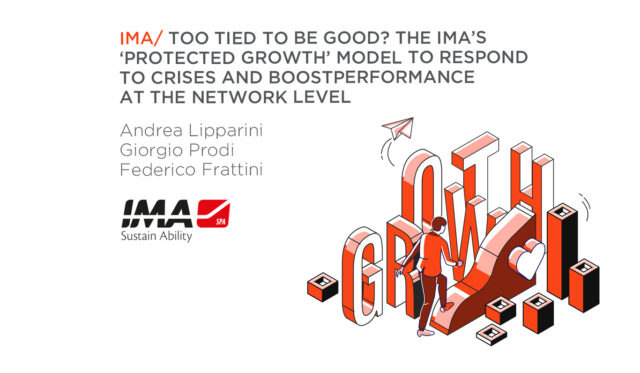Abstract
The case describes how Ferrarelle group has been able to navigate the challenges intrinsic to the need to innovate: namely, satisfying an increasingly demanding customer while maintaining its culture and values, which are deeply embedded in the globally popular “Italian lifestyle”. Founded in 1893, Ferrarelle is the only Italian sparkling natural mineral water. Although competing in an industry characterized by fierce price competition and relatively low margins where the product is difficult to differentiate, Ferrarelle has been able to establish itself as a reference product for Italian excellence in both Italy and abroad. Over time, Ferrarelle went through different ownership changes; this case narrates the company’s strategy since the Pontecorvo family decided to buy Ferrarelle, and other water brands, from Danone Group in 2005. The case provides a detailed description of how Ferrarelle sustained a competitive advantage in the industry through different types of innovation: first by expanding its product portfolio to include additional brands of mineral water with different organoleptic characteristics (Boario, Natìa, Santagata and Vitasnella), as well as functional waters (Linfe di Vitasnella and Fonte Essenziale); and second, by adding different businesses to the group: namely, the production of extra-virgin olive oil and honey under the brand “Masseria delle Sorgenti Ferrarelle”, and the production of premium chocolate through Amedei Chocolate. Given this background, the key challenge for the Pontecorvo family is to maintain Ferrarelle as a financially healthy and sustainable company despite competing in a single product category (i.e., beverages) characterized by a high degree of commoditization and price sensitivity.
Target for Teaching
- Strategy
- Marketing
- Sustainability
Target audience and Issues
The case of Ferrarelle was developed with an MBA audience in mind, but it constitutes an appropriate case for strategy and marketing courses at both the undergraduate and graduate levels. In particular, we suggest that instructors from undergraduate courses in strategy focus more on the first part of the case (understanding the industry), while instructors from postgraduate courses could focus students’ attention more on innovation and identifying new strategic paths for maintaining a company’s sustainability. The case could also be used in elective classes specifically directed at the food and beverage industry, namely by exploring Ferrarelle’s ability to innovate despite being in a relatively traditional and stable business. Finally, when adopted in an executive course, the case can be used to stimulate discussion on the company’s past and present strategic choices, as well as serve as background reading for case B. This case can be taught either as a standalone or alongside case B, which delves into the Ferrarelle’s business model change due to opening the new Recycled PET plant. The case provides a practical opportunity for students to develop an understanding of how companies can achieve differentiation in industries characterized by standardization and price-oriented competition.
Teaching objectives
- Using tools such as Porter’s five forces model and perceptual mapping applied to the bottled water industry, the case explores industry attractiveness and competitive position mapping by allowing students to explore Ferrarelle’s positioning vis-à-vis its competitors.
- Identify the challenges to and opportunities for change in stable industries.
- Learn to distinguish the different types of innovation (e.g., incremental, radical, product innovation, business model innovation) and the connected implications.
- By exploring how companies in mature industries and sectors can innovate and through which kind of drivers, students can develop an understanding of the challenge between balancing tradition and innovation – keeping up with consumer preferences and industry demands while sticking to the company’s original values and avoiding brand dilution.
- Ignite a discussion on the potential synergies that companies can benefit from when entering complementary industries.
- Develop a discussion about what sustainability means for companies today and how companies can pursue sustainability strategy on different levels.



